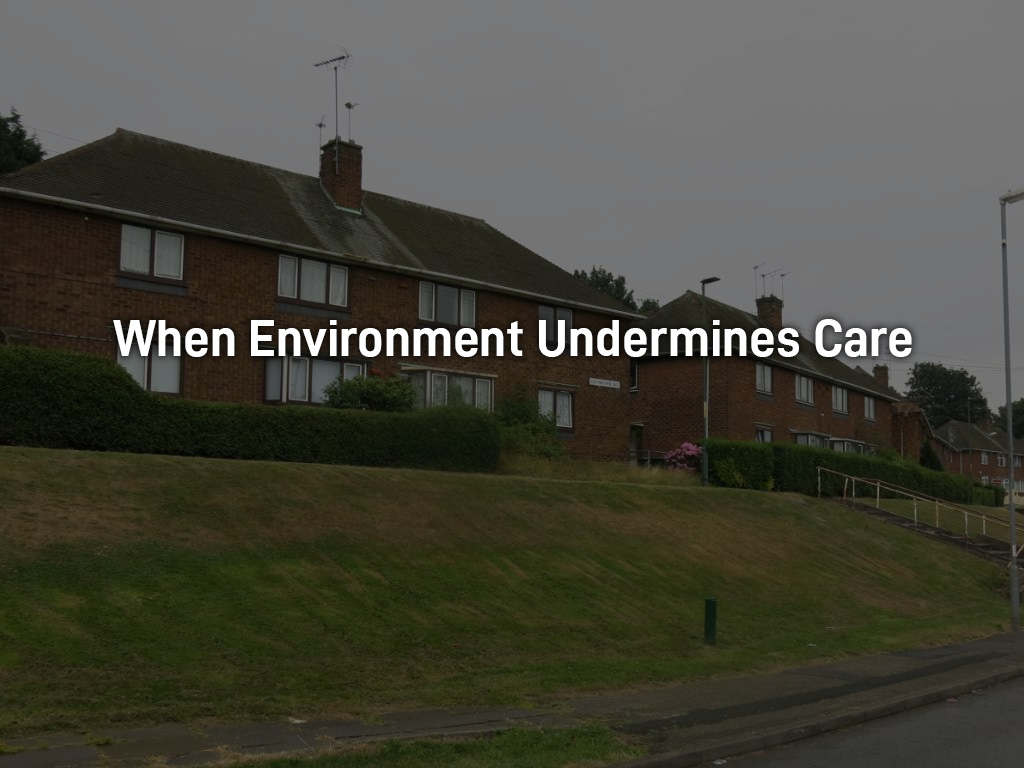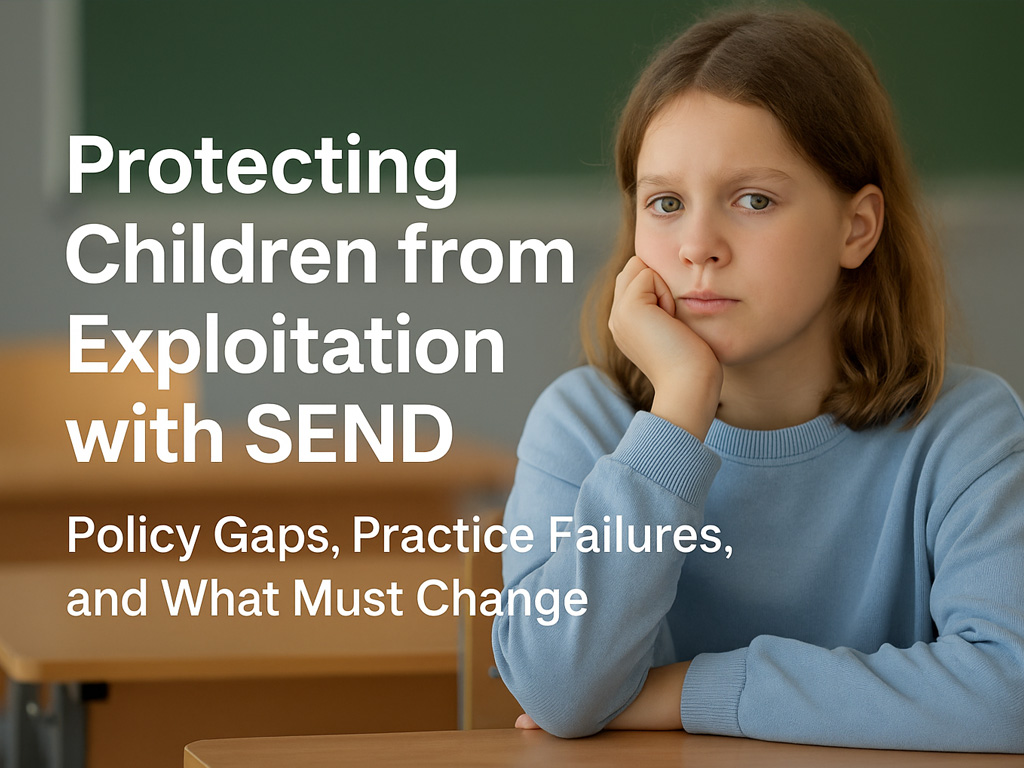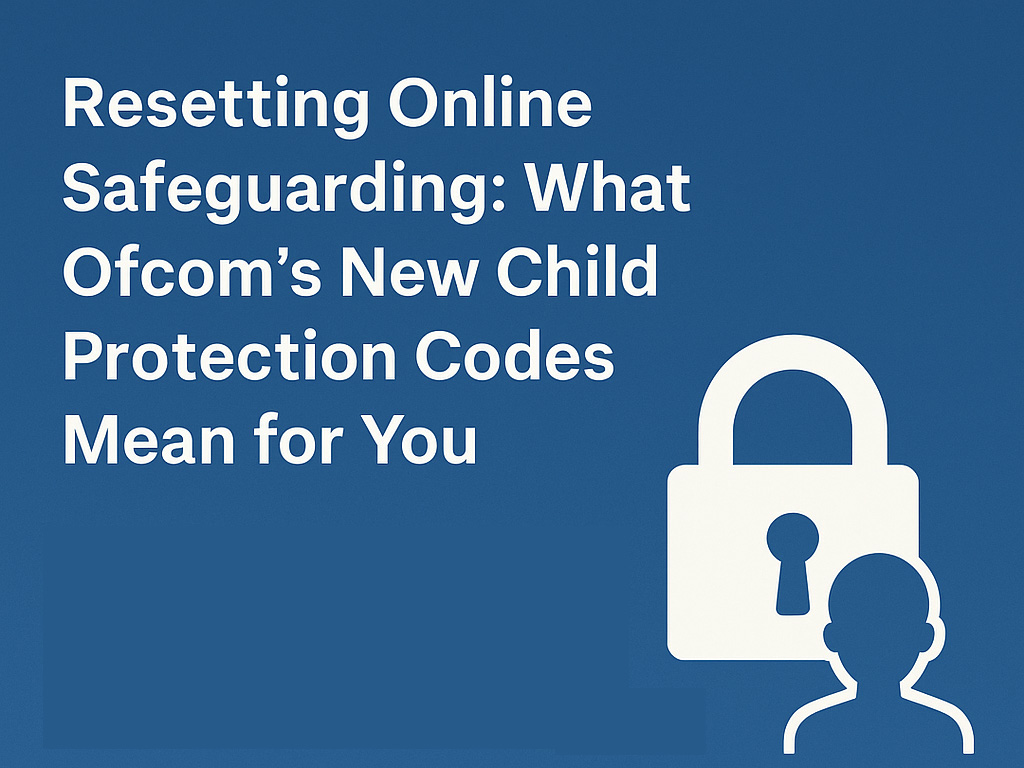
When Environment Undermines Care: The Walsall Children’s Home Rejection
Last month, a proposal to convert two family homes into a residential care facility for vulnerable children in Walsall was rejected—not for lack of planning or intent, but because the environment posed too great a risk. The case has sparked debate across care, safeguarding, and local government communities. At SLC Training, we believe it presents a vital opportunity to reflect on how we define *appropriate care*, and where safeguarding must begin: with the setting itself. The proposed facility on Dartmouth Avenue in Blakenall would have served children aged 7–17 with emotional and behavioural difficulties—some of the most vulnerable in our care system. Yet, despite approval from planning officers, councillors rejected the application based on environmental and community safety concerns. Speakers highlighted significant issues: saturated social infrastructure, heavy vehicle traffic, limited parking access, and—most critically—a disturbing level of crime in the surrounding area. Gun violence, stabbings, and antisocial behaviour were all cited as ongoing realities of life in the neighbourhood. These are not abstract risks; they are tangible threats to children already in need of stability and security. Several councillors described their role not just as policymakers, but as *corporate parents*. This distinction matters. Corporate parenting requires decision-makers to act in the best interests of children in care, as any reasonable parent would. That includes ensuring not only that children have access to services, education, and emotional support—but also that they are *physically safe* where they live. To place a child in a high-risk environment—one where community violence is a daily reality—fails this duty. Regardless of the quality of internal staffing or care routines, a home cannot safeguard what its surroundings cannot protect. This case also reveals a troubling disconnect between planning policy and safeguarding priorities. While planning officers found the proposal met the required specifications, local councillors recognised that *compliance does not equal care*. Ticking boxes on paper must never override professional judgment grounded in lived experience and child welfare principles. At SLC Training, we consistently train professionals to balance legal frameworks with real-world decision-making. As this case illustrates, safeguarding is not a checklist—it’s a commitment to act with courage, insight, and integrity, even when systems say “yes” but the reality says “no.” Critics of the application questioned whether sufficient environmental risk assessment had been conducted. “If they had, they would have realised what a bad area it is,” one councillor noted. This is a stark reminder that site selection for care homes must involve more than proximity to services or interior renovation plans. It must include deep, contextual analysis of crime rates, community infrastructure, and long-term safety trends. For those involved in care home development and delivery, this decision serves as a vital call to action. Providers must: At SLC Training, we work with care professionals, planners, and local authorities to support ethical, safe, and legally robust decisions—because safeguarding begins with asking the right questions, not just filling out the right forms. While some may see the rejection of the Walsall children’s home as a missed opportunity, others see it as a powerful example of safeguarding done right. A building cannot care for a child. A postcode cannot protect them. True safeguarding considers *where*, *how*, and *why* we deliver care—and it never compromises safety for convenience or compliance. At SLC Training, we stand behind professionals and policymakers who put protection first. Let us help you build not just compliant care services—but safe, ethical, and future-proof ones.When Environment Undermines Care: The Walsall Children’s Home Rejection
Safety Beyond Four Walls
The Duty of Corporate Parenting
Planning vs. Protection: A Deeper Disconnect
Due Diligence Is More Than Data
What This Means for Future Care Providers
Conclusion: Protecting Beyond Policy




